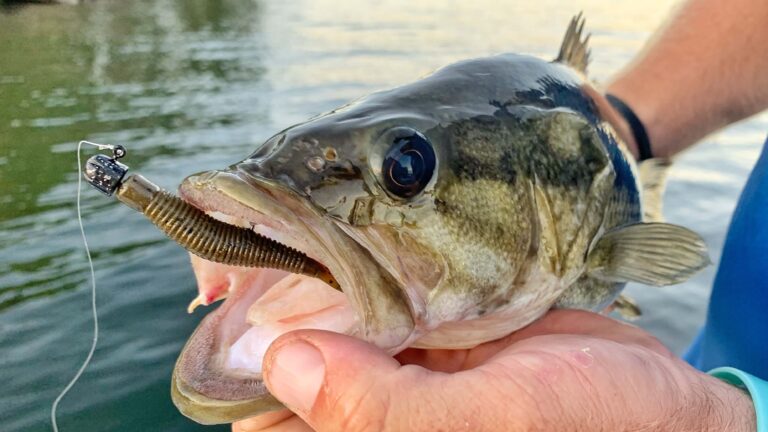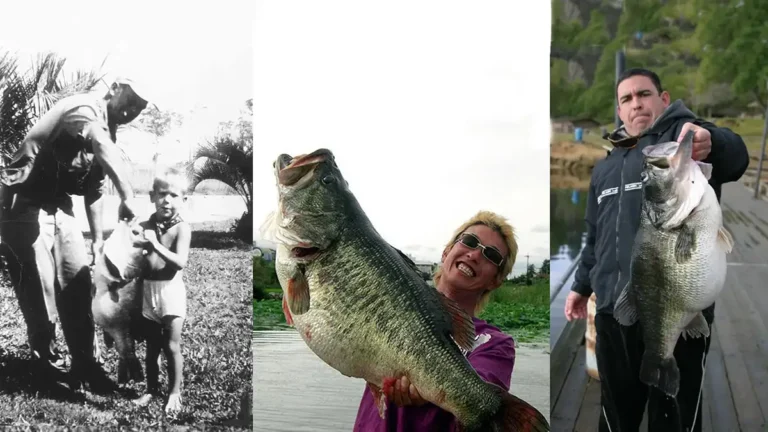What Size Bass Can You Keep
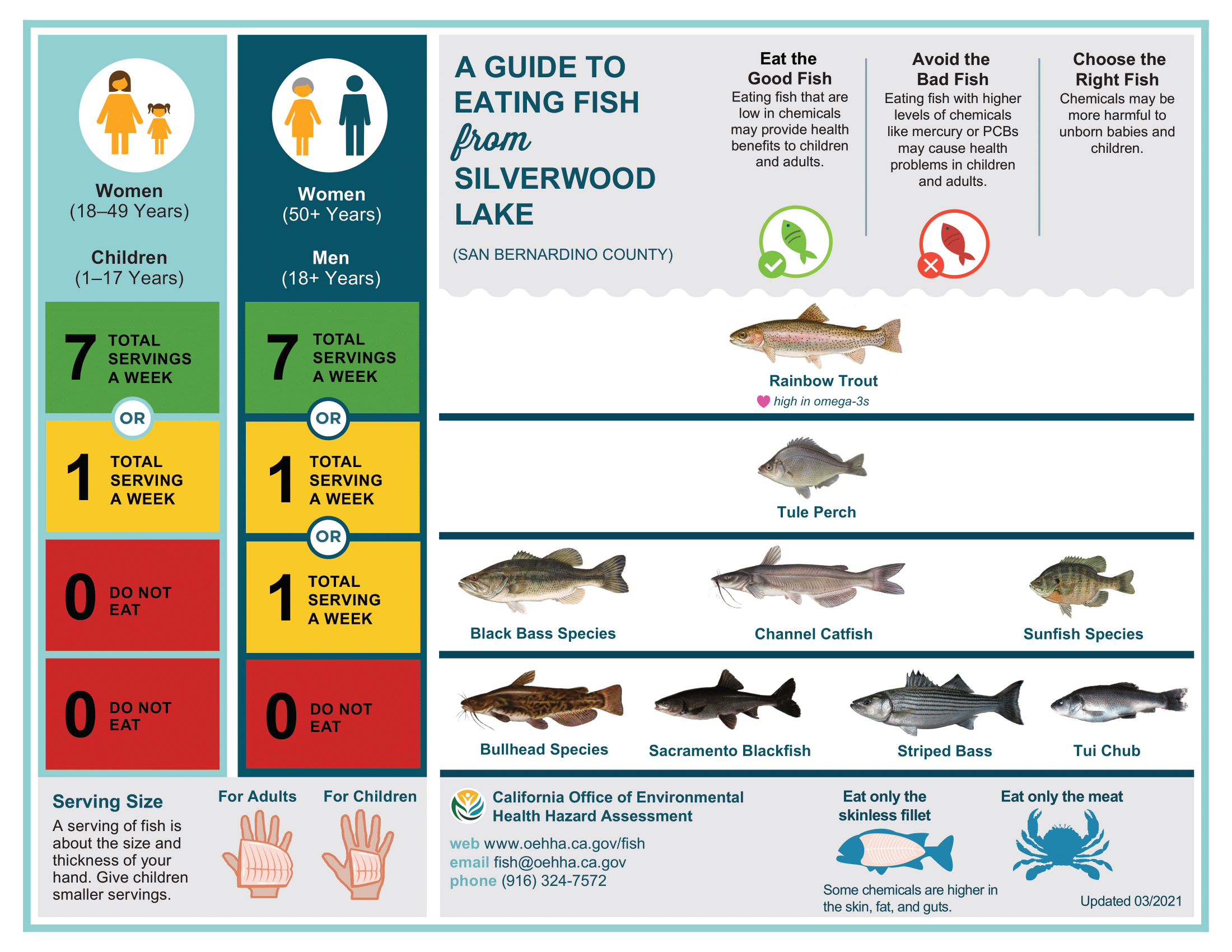
The size bass you can keep varies by location and regulation. Always check local fishing rules before keeping any bass.
Anglers across the globe often seek the thrill of catching bass, a popular freshwater game fish known for its fighting spirit. Understanding the legal size limits for keeping bass is crucial for both the health of fish populations and adherence to fishing regulations.
Size limits are typically established by wildlife agencies to ensure sustainable fisheries, and they can differ significantly from one region to another based on ecological needs and species management goals. Before heading out to your favorite fishing spot, it is essential to consult the latest regulations issued by your local fish and wildlife authority. This ensures not only that your fishing trip is legal but also contributes to the conservation efforts of bass populations for future generations of anglers to enjoy.
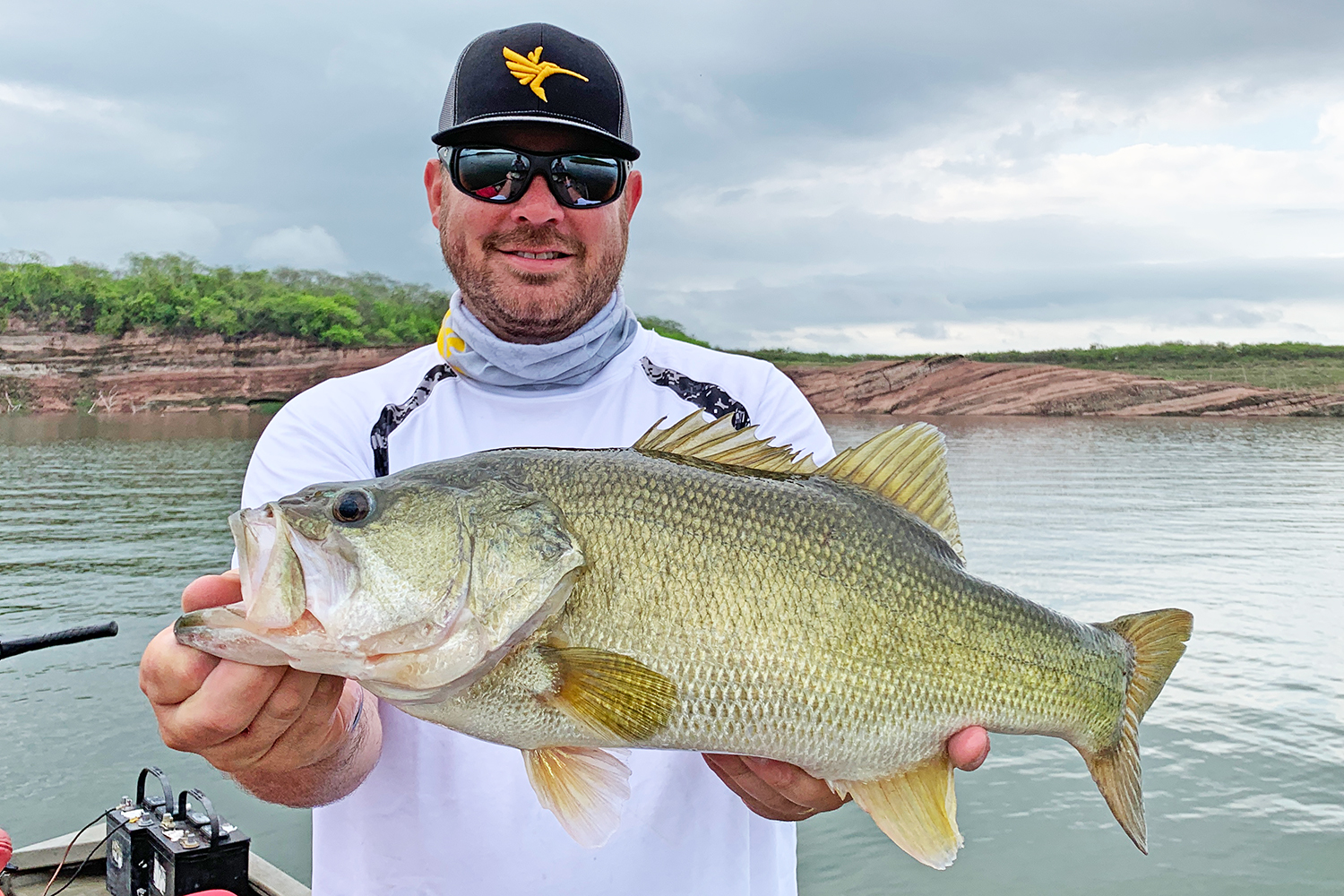
Credit: www.in-fisherman.com
Assessing Legal Limits For Bass
Understanding local bass fishing regulations is crucial. Anglers need to respect laws to protect fish populations. Each state sets its own rules. Check your area’s fish and wildlife agency website. Find the legal size of bass before fishing.
Slot limits help manage fish sizes. Only bass within a certain size range can be kept. This practice encourages breeding. It helps maintain a healthy fish population. It’s important to learn the slot limits in your fishing location.
Distinguishing Bass Species
Largemouth Bass are known for their striking size and markings. A key feature is the large mouth, extending past the eye. Notice the dark horizontal stripe along the body. They often weigh between 1 to 8 pounds. Largemouths prefer warm waters with lots of cover.
Smallmouth Bass, on the other hand, have smaller mouths that don’t extend past their eyes. Their body sports vertical bars or stripes. Typically weigh less than largemouths. These fish like cooler waters and are often found near rocky areas.
Size And Bag Limits
The minimum size requirements for bass vary by location. Always check local regulations before fishing. Most places have set rules to protect young fish and ensure sustainable fishing. A common size limit might be 12 inches. This means you can’t keep bass shorter than that. Some areas might allow smaller or larger bass, so it’s key to know the rules of the water you’re fishing in.
Daily catch and possession limits control how many bass you can keep each day. These limits stop too many fish from being taken at once. For example, you might be limited to five bass per day. This number can change based on where you fish. Limits aim to keep fish populations healthy for future generations. Don’t forget, fishing laws change regularly. It’s your job to stay up-to-date.
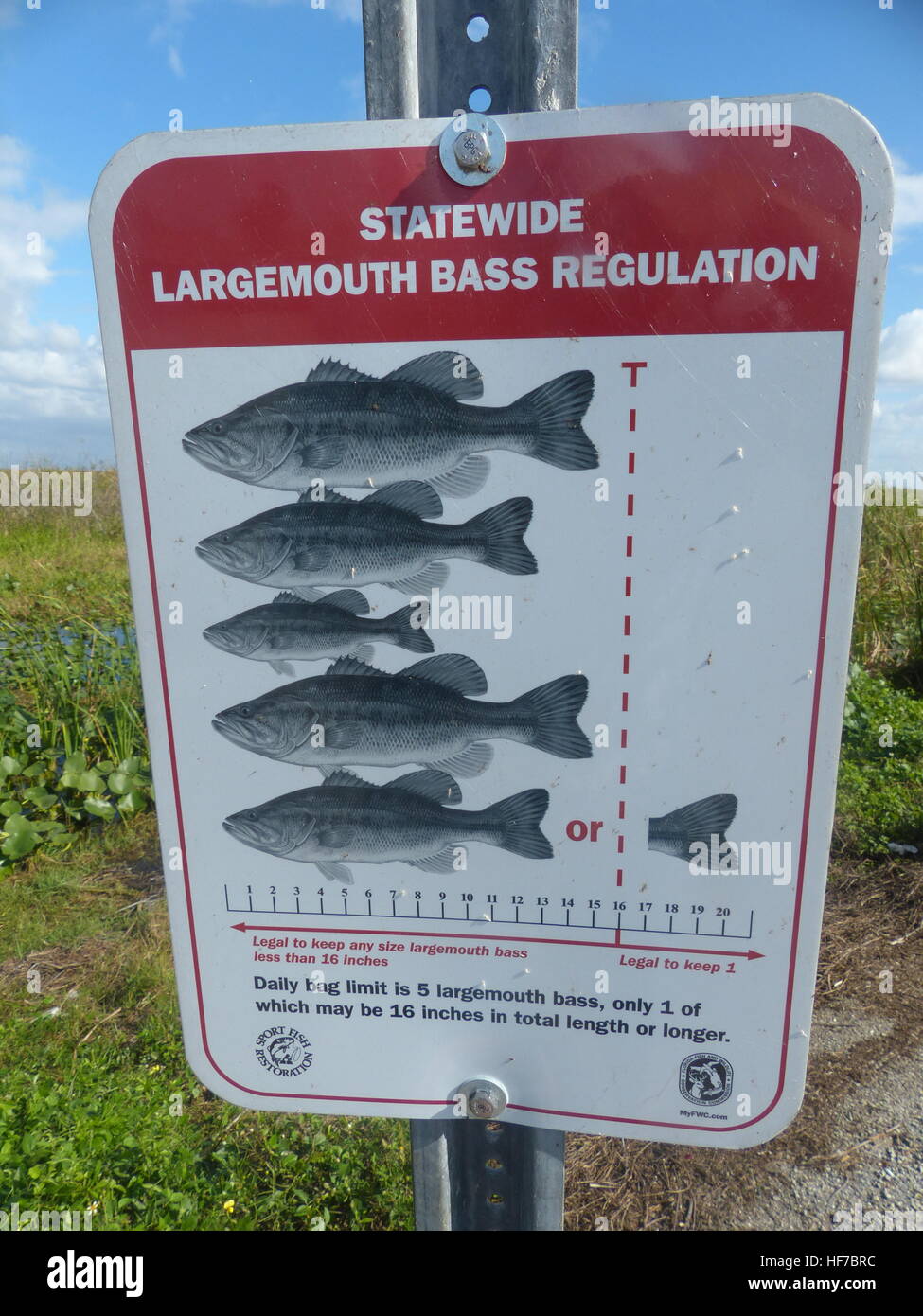
Credit: www.alamy.com
Ethical Considerations
Catch and release practices are vital for maintaining healthy fish populations. Anglers should always handle fish with care. Using barbless hooks reduces injury to the fish. It’s crucial to keep the fish in water while unhooking.
Measuring the fish quickly and taking a photo should be done rapidly to reduce stress. Education on proper release techniques can enhance fish survival rates. A swift return to the water helps the bass recover.
The impact of overfishing is serious on bass populations. It leads to fewer adult fish of size to breed. Overfishing can alter the eco-system. Balanced catch rules support long-term fish health. Fishers must understand legal size limits to protect young bass.
Responsible Fishing Techniques
Responsible fishing ensures the sustainability of aquatic life. Correctly handling fish for release matters immensely. Grip the fish gently and avoid touching the gills. Use wet hands or gloves to reduce scale damage. Keep the fish in water as much as possible. Removing a hook should be quick and careful. Ensuring survival after release is key to conservation efforts.
Many fish species are subject to seasonal laws. These laws help protect fish during important times like spawning. Always check local regulations before heading out. Size limits may change with the seasons. Adhering to these rules protects fish populations and habitats. Knowledge of seasonal considerations is an essential part of responsible fishing.
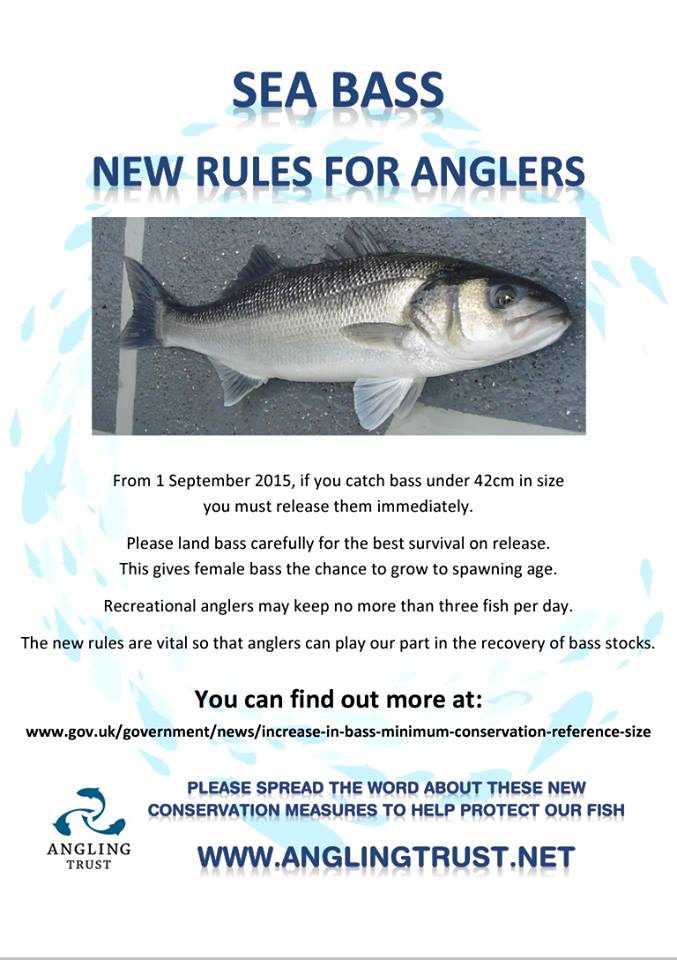
Credit: www.ukbass.com
Frequently Asked Questions On What Size Bass Can You Keep
What Is The Smallest Bass You Can Keep?
The smallest bass you can legally keep varies by location, so check your local regulations. Generally, bass must measure at least 12 inches, but some areas require a minimum of 14 to 18 inches.
How Big Can You Keep A Largemouth Bass?
You can keep a largemouth bass as big as your local regulations allow. Check state size limits and abide by conservation rules to ensure healthy bass populations.
How Many Bass Can You Keep In Texas?
The bass limit in Texas varies; generally, you can keep 5 per day. Always check local regulations, as some areas differ.
What Is The Maximum Size Of Bass Fish?
The maximum size of a bass fish can reach up to 29. 5 inches in length and weigh over 25 pounds.
Conclusion
Navigating the rules for bass size limits requires attention to local regulations. Always check with your region’s wildlife authority before planning your fishing trip. Remember, sustainable practices ensure thriving populations for future anglers. Happy fishing and ethical angling lead to the best experiences on the water.
